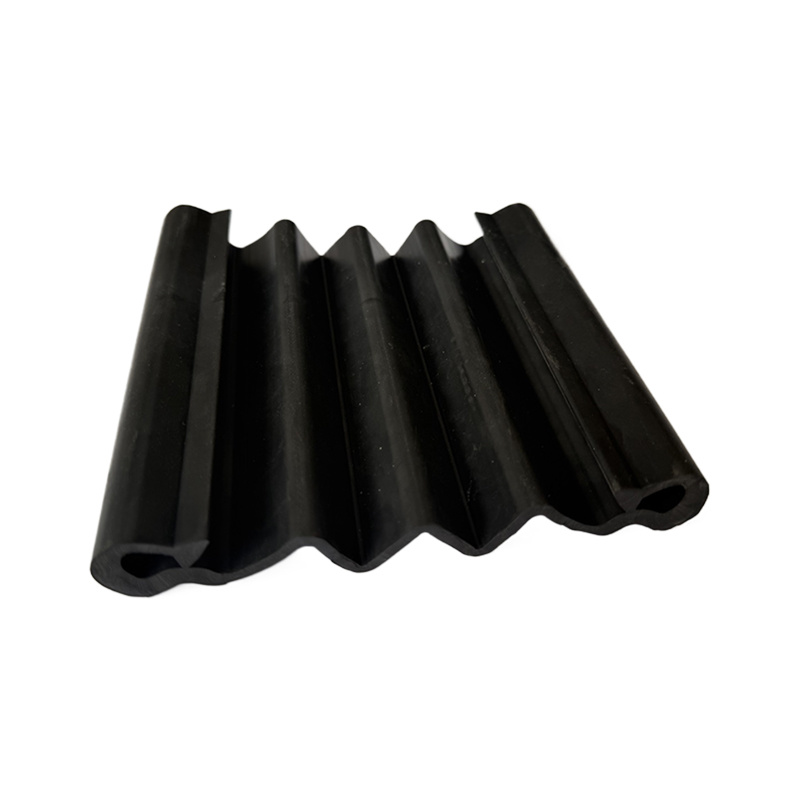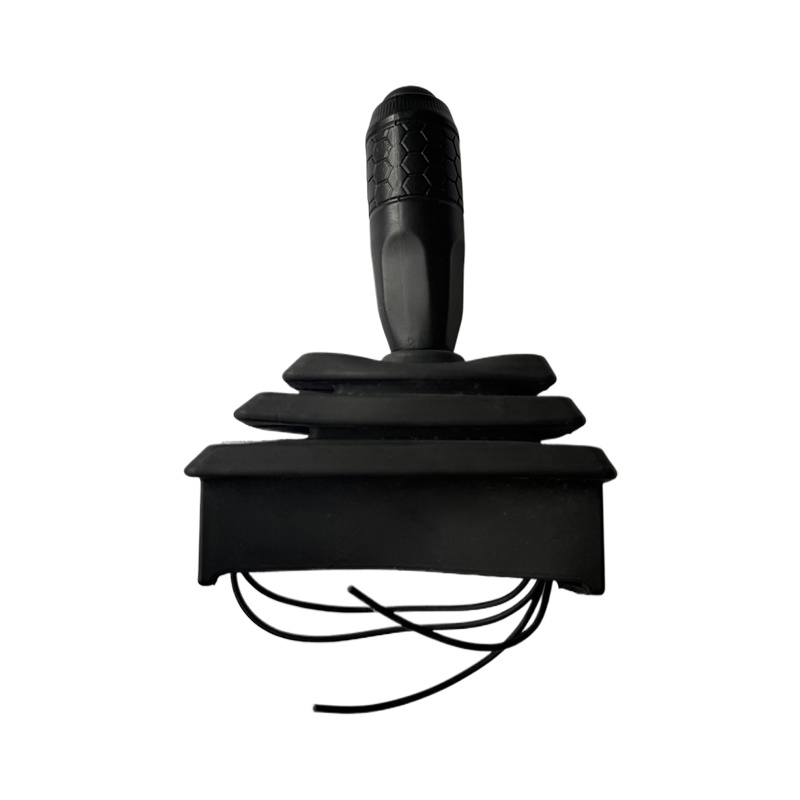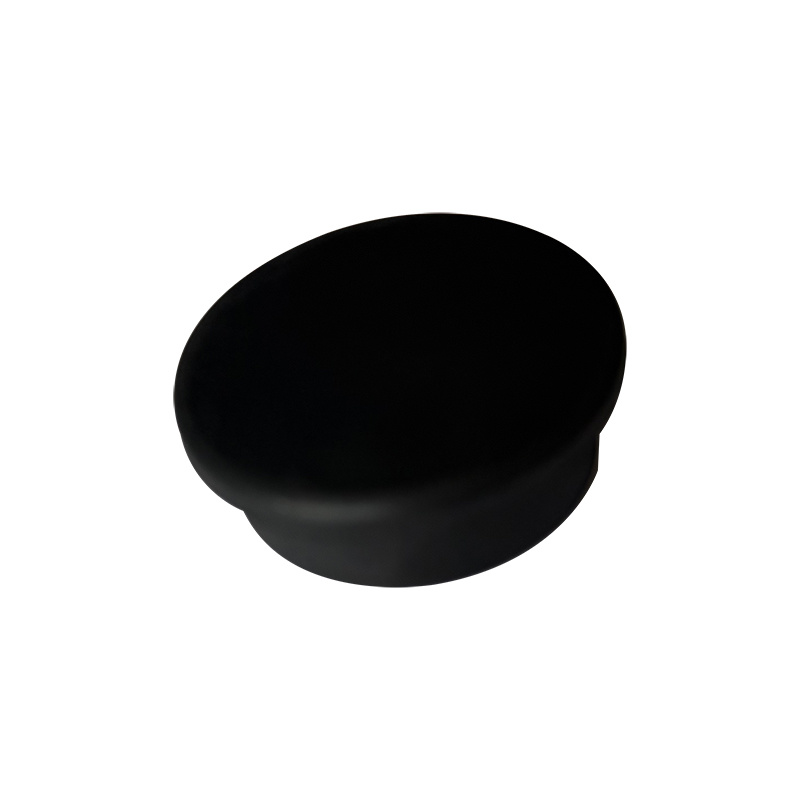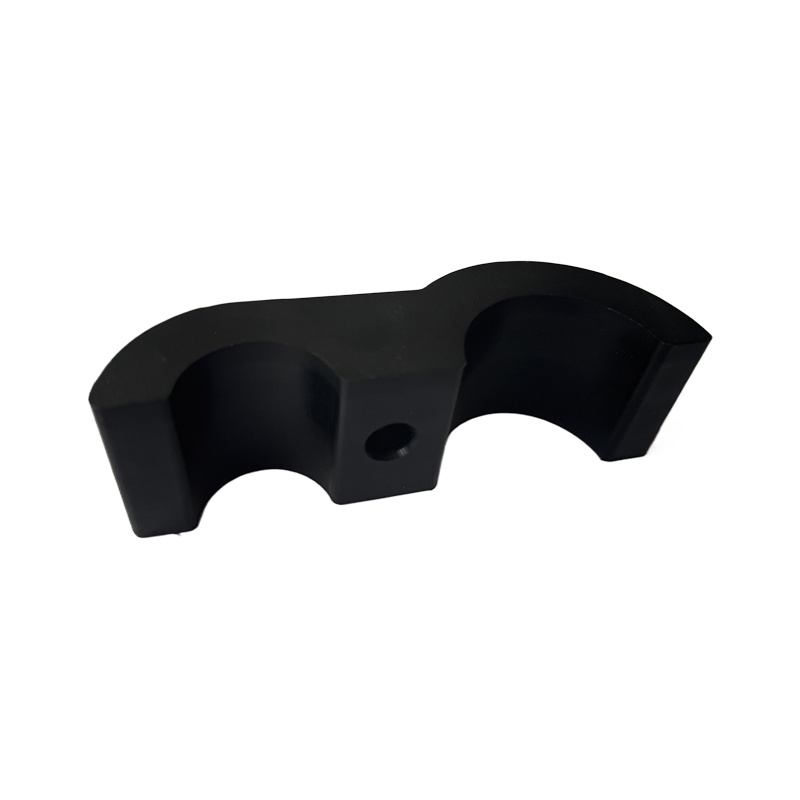Intercooler inlet and outlet rubber hose
Material: NBR, EPDM, Silicone
Tag:
Keyword:
Product Details
Material: NBR, EPDM, Silicone
Specifications: 30mm-150mm
Intercooler inlet and outlet hoses are crucial components in an automobile's turbocharging system. They connect the turbocharger to the intercooler, ensuring efficient and safe transfer of compressed air. The following is a detailed analysis of intercooler inlet and outlet hoses:
Intercooler Inlet Hose
1. Function and Characteristics:
The main function of the intercooler inlet hose is to deliver the high-temperature compressed air from the turbocharger to the intercooler for cooling.
Because its operating temperature reaches 150℃~275℃, the material must have good heat resistance, oil resistance, and weather resistance.
2. Commonly Used Materials:
Silicone rubber, acrylate rubber, fluorosilicone rubber, and fluororubber can all be used as materials for intercooler inlet hoses. These materials meet the requirements for use in high-temperature environments.
Among them, fluororubber, with its superior heat resistance and oil resistance, is gradually becoming the mainstream material for intercooler inlet hoses.
Intercooler Outlet Hose
1. Function and Characteristics:
The intercooler outlet hose is responsible for delivering the cooled air to the engine for combustion.
Compared to the inlet hose, the outlet hose operates at a lower temperature, generally around 60℃, so material selection should prioritize good oil resistance and weather resistance.
2. Structure and Materials:
Intercooler outlet hoses typically use extruded (knitted, wound, braided) structures and fabric-reinforced structures to enhance their pressure resistance and service life.
In terms of materials, silicone rubber, with its excellent high and low-temperature performance and elasticity, is often used as the main material for intercooler outlet hoses.
Technological Development of Intercooler Inlet and Outlet Hoses
1. Application of New Materials:
With the development of the automotive industry, the materials for intercooler inlet and outlet hoses have gradually shifted from traditional rubber materials to new modified materials to improve their heat resistance, oil resistance, and aging resistance.
2. Optimization of Structural Design:
To improve the connection stability and service life of intercooler inlet and outlet hoses, designers continuously optimize their structural design, such as using corrugated tubes, corrugated clamps, and other buffering mechanisms, as well as steel hoops and steel clamps for fixed connections, to enhance their pressure resistance and sealing performance.
#Application and Maintenance of Intercooler Inlet and Outlet Hoses
1. Application Areas:
Intercooler inlet and outlet hoses are widely used in automobile engines with turbochargers and are key components in ensuring efficient and stable engine operation.
2. Maintenance:
Regularly check the connection status and sealing performance of the intercooler inlet and outlet hoses to ensure that there are no leaks or signs of aging.
If cracks, deformation, or loose connections are found, they should be replaced or repaired promptly to avoid affecting the normal operation of the engine.
In summary, as important components in the automotive turbocharging system, the material selection, structural design, and maintenance of intercooler inlet and outlet hoses all have a significant impact on engine performance and stability. Therefore, when selecting and using intercooler inlet and outlet hoses, the material properties, structural characteristics, and operating environment should be fully considered to ensure that they meet the actual needs of the engine.
Related recommend Products













